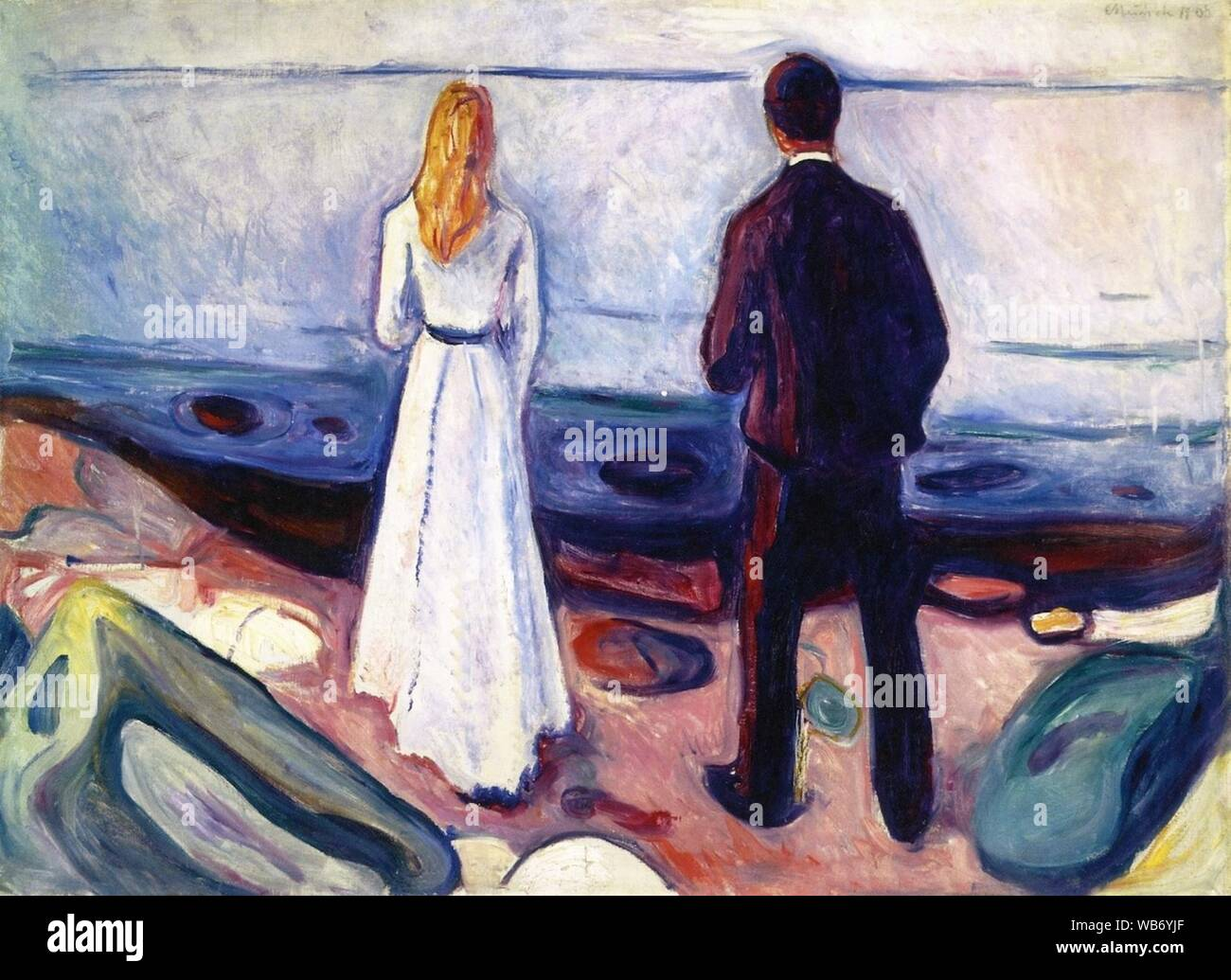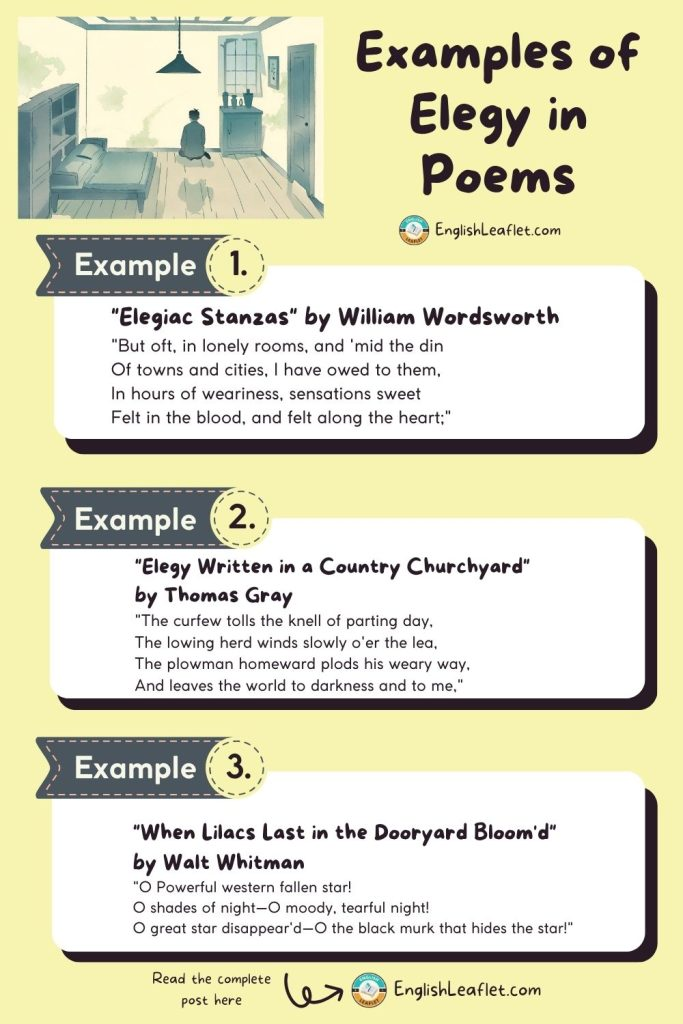Edvard Munch’s “Two Human Beings (The Lonely Ones)” offers a profound exploration of isolation and connection, as seen through the lens of the Norwegian artist’s captivating techniques. Painted between 1906 and 1908, this masterpiece is part of the prestigious collection at the Harvard Art Museums, where it continues to resonate with audiences exploring themes of loneliness in art. Munch’s remarkable ability to mix varying art techniques—coupled with his ongoing fascination with this motif over four decades—illustrates the depth of emotion captured within each stroke. The figures portrayed at the water’s edge evoke a sense of simultaneous togetherness and solitude, prompting viewers to reflect on the complexities of human relationships. This enduring work not only exemplifies Modernist painting but also serves as a powerful entry point into Munch’s larger body of work, currently featured in the Munch art exhibition at Harvard.
In the annals of art history, few pieces evoke the nuanced interplay of companionship and isolation quite like Edvard Munch’s “Two Human Beings.” This iconic artwork reflects Munch’s persistent meditation on the human condition, skillfully revealing layered emotions through his signature approach to printmaking and canvas techniques. Munch’s portrayal of two individuals standing near the sea speaks volumes about the intricacies of human existence and connection, even when physically close yet emotionally distant. This investigation of modern relationships aligns with the exploration of themes prevalent in Munch’s oeuvre and his innovative contributions to the artistic landscape. At the heart of this examination is an invitation to consider the deeper implications of Munch’s artistry as it relates to the perceptions of solitude within the broader Modernist era.
Understanding Edvard Munch’s Obsession with Two Human Beings
Edvard Munch’s preoccupation with the motif of ‘Two Human Beings’ spans nearly four decades, reflecting a profound curiosity about human relationships and isolation. This iconic painting, also known as ‘The Lonely Ones,’ captures a couple standing together on a shoreline, turned away from the viewer as they face the seemingly infinite sea. This positioning emphasizes not only their physical proximity but also their emotional distance. Art critics and historians have posited that Munch’s exploration of this theme resonates deeply with the feelings of solitude that permeate modern life, thus connecting his work to the broader narrative of Modernist painting and its themes of loneliness in art.
The multiple renditions of ‘Two Human Beings,’ from earlier variations to Munch’s later, more spontaneous interpretations, pose intriguing questions about the evolution of his artistic style and ideas. As each iteration reveals subtle differences in technique and color palette, it invites viewers to examine how Munch communicated the complexity of human emotion through his art. The renowned exhibition at the Harvard Art Museums highlights how Munch’s commitment to this motif allows us to reflect on the cyclical nature of romance, companionship, and isolation, making it a relevant study in both psychology and visual art.
The Artistic Techniques Behind Munch’s Loneliness
The technical mastery of Edvard Munch is evident in his approach to ‘Two Human Beings,’ where he employed varied art techniques ranging from thickly layered paint to slight imperfections in woodblock cuts. These methods served not only to amplify the aesthetic quality of his works but also to convey deeper emotional significance, as imperfections symbolize the complexities of human relationships. Art experts like Lynette Roth note that Munch’s willingness to leave areas of the canvas unpainted or to make visible his preparatory sketches adds a layer of dynamism and urgency to the piece, reinforcing the sensations of vibrancy despite the depicted solitude.
Furthermore, Munch’s experimentation with color and texture challenges traditional notions of finish in art. By incorporating techniques like freehand cutting into woodblocks, he allowed for a playful reassembly of his subjects, creating varied interpretations of loneliness that resonate differently in each piece. This innovative approach not only characterizes Munch’s work as distinct within the canon of Modernist painting but also invites audiences to consider how techniques can transform the emotional responses elicited by art.
Exhibition Insights: The Context of Munch’s Works
The current exhibition at the Harvard Art Museums, titled ‘Edvard Munch: Technically Speaking,’ brings together a remarkable collection of Munch’s works, including various iterations of ‘Two Human Beings.’ Co-curated by Elizabeth M. Rudy and Lynette Roth, the exhibition delves into the technical prowess that defines Munch’s oeuvre while contextualizing his exploration of loneliness and companionship within the scope of his artistic journey. By presenting his work alongside commentary on the techniques employed, the exhibition offers a comprehensive lens through which audiences can understand Munch not merely as a tortured artist but also as a pioneer of form and technique.
The exhibition serves as a crucial reminder of the broader cultural landscape Munch inhabited—one marked by significant shifts in artistic philosophy and practice. As the first major presentation of Munch’s works at a U.S. museum in years, it showcases the importance of Munch’s contributions to Modernist painting while exploring themes that have remained pertinent in contemporary discussions of art and society. The exhibition’s focus not only emphasizes Munch’s mastery of traditional art methods but also celebrates his innovative spirit in bridging emotional depth with technical experimentation, allowing visitors to engage with his iconic pieces like ‘Two Human Beings’ in refreshing and meaningful ways.
The Loneliness and Companionship Explored in Munch’s Work
While ‘Two Human Beings’ is often viewed through the lens of loneliness, recent scholarly interpretations suggest that Munch’s painting might transcend this solitary narrative. According to Lynette Roth, despite the apparent distance between the figures, there exists an underlying connection not only to one another but also to the landscape that surrounds them. This realization opens up a dialogue about companionship and contemplation within the often complex emotional landscape of human relationships. Munch’s work ultimately reflects a nuanced understanding of what it means to share space and to exist with another person, even amid feelings of isolation.
This duality of loneliness and companionship is vital for understanding how Munch navigated human emotion through his art. Critics have noted that his artistic choices convey a sense of both longing and connection, suggesting that the figures may not be as isolated as they appear. The invitation to contemplate the emotional bond depicted challenges viewers to engage with Munch’s work on a deeper level, exploring the tension between solitude and shared experience, which resonates profoundly in today’s world. Munch’s enduring legacy, captured through ‘Two Human Beings,’ allows us to reflect on our own experiences of connection and isolation.
Decoding Symbols in Munch’s Two Human Beings
In ‘Two Human Beings,’ every element is steeped in symbolism that reflects Munch’s inner world and broader existential themes. The serene yet turbulent sea acts as a metaphor for the emotional depth and uncertainties of relationships, while the positions of the figures—each turned away from each other—speak volumes about the nuances of human interaction. Art scholars exploring this motif have often pointed out that Munch’s deliberate positioning of the figures hints at the paradox of being together yet feeling apart, a sentiment that resonates with the human experience of coexistence.
The colors and brushwork in Munch’s portrayal further deepen the interpretive possibilities of the piece. The contrasting hues can evoke feelings ranging from warmth to coldness, ultimately suggesting the transient nature of emotions that define human connections. Munch’s use of layered colors might be perceived as a visual representation of the complexities and contradictions inherent in relationships, where love can coexist with longing and togetherness with detachment. As modern viewers engage with ‘Two Human Beings,’ they are prompted to reflect not only on Munch’s artistic genius but also on the ways in which art can encapsulate the multifaceted experiences of life.
Comparative Analysis with Other Modernist Works
Munch’s ‘Two Human Beings’ stands as a pivotal work within the broader context of Modernist painting, surrounded by an array of contemporaneous artists who also grappled with themes of isolation and societal alienation. By comparing Munch’s explorations of companionship to those of fellow Modernists, one can observe a rich tapestry of emotional inquiry that characterizes this artistic movement. Works by artists such as Vincent van Gogh and Gustav Klimt also delve into relationships and emotionality, highlighting a shared preoccupation with the implications of human connection in an increasingly fragmented world.
These comparative analyses reveal not just similarities in thematic content but also variations in artistic techniques and styles. While Munch utilized expressive brushwork and vibrant color palettes to convey psychological depth, other artists, like Pablo Picasso, chose to break forms to explore complex narratives of dislocation and identity. By viewing Munch’s work through a comparative lens, audiences can gain a richer understanding of how different artists articulated the human experience, expanding conversations about loneliness, love, and the modern condition.
The Legacy of Edvard Munch’s Artistic Innovations
Edvard Munch’s contributions extend far beyond ‘Two Human Beings,’ as his legacy as a pioneering figure in modern art is characterized by his innovative techniques in both painting and printmaking. His approach to color and form paved the way for future generations of artists who sought to explore emotional depth through abstraction and expressionism. The techniques he developed, such as the integration of non-traditional materials and manipulation of textures, not only defined his personal style but also influenced the evolution of 20th-century art.
Munch’s legacy is particularly significant in today’s discourse on mental health and emotional well-being, as the themes of loneliness and companionship resonate deeply within contemporary society. His works are frequently revisited in discussions surrounding the human condition, making him relevant to modern audiences who grapple with similar struggles. Through exhibitions like ‘Edvard Munch: Technically Speaking’ at the Harvard Art Museums, Munch’s art continues to invite new interpretations and serve as a powerful testament to the enduring impact of his artistic innovations.
Reflections on Munch’s Personal Struggles and Their Artistic Expression
While Munch’s art is frequently viewed through the lens of his personal struggles, it is crucial to engage with his works beyond biographical details. The psychological themes permeating ‘Two Human Beings’ reflect a broader exploration of the human condition that transcends Munch’s individual experiences. The thematic explorations in his work often serve as a mirror to the societal anxieties of his time, suggesting a collective resonance with themes of alienation, loneliness, and existential contemplation found in many Modernist movements.
Art historians emphasize that while Munch’s personal challenges informed his creative process, it is the universal nature of his themes that truly connects with audiences across generations. His ability to articulate complex emotional states through visual language invites viewers to reflect on their own experiences with love, loss, and connection. Munch’s legacy, particularly in works like ‘Two Human Beings,’ becomes not just a testament to his personal journey but a broader exploration into the essence of what it means to be human.
The Contemporary Relevance of Munch’s Themes
In an era marked by increasing discussions around mental health and emotional well-being, the themes explored in Edvard Munch’s ‘Two Human Beings’ resonate powerfully with contemporary audiences. Today, loneliness remains a significant aspect of the human experience, often exacerbated by modern technologies and societal pressures. Munch’s evocative renderings invite viewers to confront these realities, highlighting the emotional depths that can exist even in shared spaces. Analyzing his work within today’s context encourages a dialogue on isolation and connection that is urgently relevant in our increasingly digital lives.
Moreover, Munch’s artistic techniques also find new interpretations in contemporary art practices. Artists today often draw upon Munch’s innovative approaches to color, form, and texture, using them as a foundation to discuss personal and social themes in their work. As exhibitions like ‘Edvard Munch: Technically Speaking’ enlighten modern audiences about the rich interplay of technique and emotion in Munch’s art, they remind us of the timeless and universal nature of the questions he posed regarding human connection and existential solitude.
Frequently Asked Questions
What is the significance of Edvard Munch’s Two Human Beings in the context of loneliness in art?
Edvard Munch’s ‘Two Human Beings (The Lonely Ones)’ explores the theme of loneliness through the depiction of two figures isolated at the shoreline. The painting illustrates how individuals can feel emotionally distant even in the presence of another. Munch’s recurrent return to this motif speaks to the complexity of human relationships and the shared experience of solitude.
How does Edvard Munch use art techniques to convey emotions in Two Human Beings?
In ‘Two Human Beings,’ Edvard Munch employs various art techniques, such as thick paint applications and unpainted areas of the canvas, to create a sense of dynamism and emotional resonance. This approach enhances the tension between the figures and their environment, inviting viewers to contemplate themes of connection and isolation.
What can visitors expect to learn from the Edvard Munch art exhibition at Harvard Art Museums?
Visitors to the Edvard Munch art exhibition at the Harvard Art Museums can explore the artist’s innovative techniques and his enduring fascination with the motifs of ‘Two Human Beings.’ The exhibition highlights how Munch’s repeated examinations of this theme over 40 years reveal insights into human relationships and his artistic evolution.
How does the exhibition ‘Edvard Munch: Technically Speaking’ reinterpret Two Human Beings?
The exhibition ‘Edvard Munch: Technically Speaking’ reinterprets ‘Two Human Beings’ by focusing on Munch’s artistic process and the variations he created across different mediums, including prints and paintings. This lens allows viewers to appreciate the artist’s experimentation with color and form, showcasing how these elements influence the emotional narrative of the work.
What role does the landscape play in Edvard Munch’s Two Human Beings?
In ‘Two Human Beings,’ the landscape is not just a backdrop but an integral part of the composition. Munch intertwines the figures with their environment, reflecting their emotional states and connection to nature. This relationship emphasizes the theme of companionship amidst isolation, challenging the notion that proximity equates to intimacy.
What innovations in printmaking did Edvard Munch explore with Two Human Beings?
Munch’s exploration of printmaking innovations in ‘Two Human Beings’ involved the use of a jigsaw technique, where he created separate blocks for each figure. This method allowed him to experiment with color variations and composition, leading to unique interpretations of the original motif and demonstrating his dynamic approach to artistic expression.
How has Edvard Munch’s Two Human Beings influenced modernist painting?
Edvard Munch’s ‘Two Human Beings’ has had a lasting impact on modernist painting through its exploration of emotional depth and psychological complexity. The work paved the way for future artists to delve into themes of isolation and connection, marking a significant evolution in the portrayal of human experiences within the context of Modernism.
What materials were used in the creation of Edvard Munch’s Two Human Beings?
Edvard Munch created ‘Two Human Beings’ using oil paint on canvas, a medium that allowed him to manipulate texture and color effectively. The choice of oil paint enabled Munch to layer colors and achieve the vibrancy and emotional depth characteristic of his style.
How has Edvard Munch’s personal life influenced his work, especially in Two Human Beings?
Munch’s personal life, marked by emotional struggles and mental health challenges, influenced his work, including ‘Two Human Beings.’ The themes of isolation and introspection in his art resonate with his experiences, allowing viewers to connect with the deeper psychological layers reflected in his paintings.
What are the different interpretations of Two Human Beings beyond loneliness?
While ‘Two Human Beings’ is often interpreted through the lens of loneliness, it can also signify companionship, contemplation, and a connection to the surrounding landscape. Munch’s work invites diverse interpretations that challenge the viewer to consider the multifaceted nature of relationships and human experience.
| Aspect | Details |
|---|---|
| Artist | Edvard Munch (1863-1944) |
| Artwork Title | Two Human Beings (The Lonely Ones) |
| Creation Period | 1906-08 |
| Medium | Oil on canvas |
| Exhibition | Edvard Munch: Technically Speaking |
| Key Themes | Isolation, companionship, and artistic exploration |
| Notable Techniques | Use of diverse painting techniques, unpolished finishes, and vibrant color variations |
| Influence on Art | Munch’s exploration of motifs that reflect his emotional landscape |
Summary
Edvard Munch’s ‘Two Human Beings’ stands as a profound exploration of human connection amidst isolation. This artwork captures the complex relationship between a man and a woman, presenting themes of companionship juxtaposed with solitude. Over multiple iterations, Munch has created a dynamic narrative around these figures against the backdrop of nature, emphasizing the interplay of color, technique, and emotion. This continual revisit to his motif not only showcases Munch’s artistic evolution but also invites the viewer to reflect on the nuances of human relationships, making ‘Two Human Beings’ a timeless piece in both Munch’s oeuvre and the broader art historical context.



